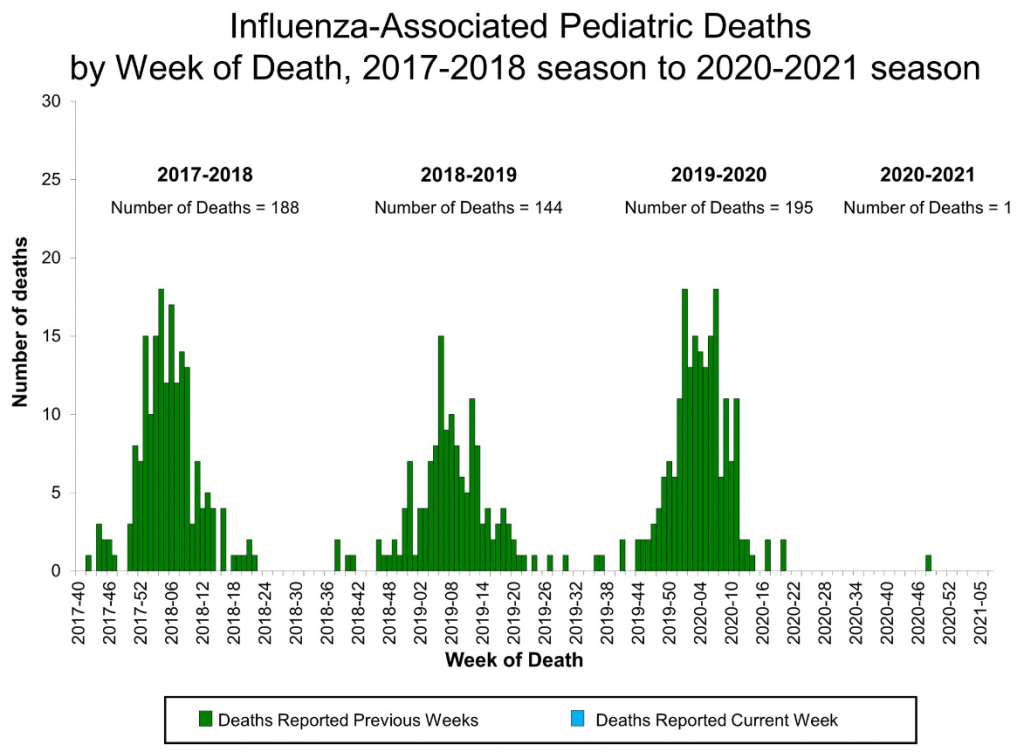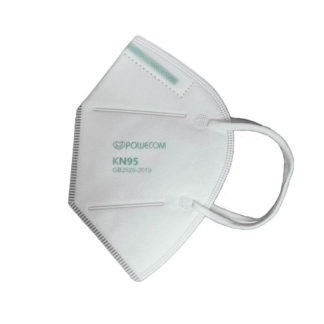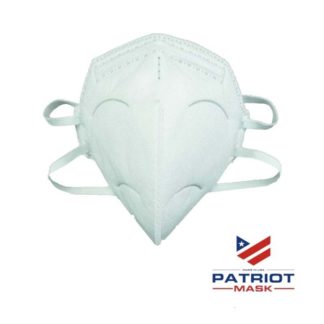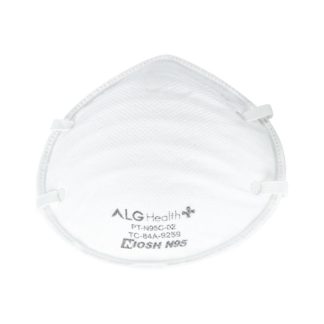
Is your place of work addressing inhalation exposure properly? And just how “temporary” are your COVID-19 safety measures?
We know a lot more about the spread of COVID-19 than we did a year ago. Most of us have made some pretty serious adjustments in our lives. We also know that thanks in part to our “temporary” COVID-19 safety measures, other viruses that can be spread by aerosols have seen drastic reductions.
What’s the reason here? Infection control.
Aerosols: Tiny in Size, Huge in Importance
We know aerosols are the primary way that COVID-19 spreads. Scientists say so – in fact, a team involving researchers from UC San Diego are calling on the Biden Administration to update guidelines to recognize and account for inhalation exposure. (Source: UCSD)
This is why having the general public wear masks matters: as we breathe, we create aerosols that linger in the air for hours. Wearing well-fitted face masks helps trap the aerosols and partially contain them to just the person wearing the mask. This way, infected carriers won’t breathe as much of the virus into a room. (If you’ve heard that wearing masks protects everyone else, this is how.)
Related: How to Clean Wash & Disinfect Cloth, N95, or KN95 Face Masks
But masks or no masks, without sufficient ventilation, the air inside a room can become a cloud viral transmission.
What’s the best solution? Air filtration.
Specifically, HEPA filtration.
Infection Control Demands Air Purifiers
A sturdy HEPA filter can capture 99.997% of the aerosols that pass through it, down to as tiny as 0.3 micrometers (microns). A virus can be as small as 0.1 microns, but aerosol-borne viruses typically travel in biological aerosols ranging from 0.5 microns to over 2 microns – large enough for HEPA filters to effectively capture the virus.
To capture the aerosols at a level that prevents spread, the CDC recommends air purification measures that exchange the air in a room 6 times or more per hour.
Most common HVAC systems aren’t designed for HEPA filtration, and don’t have the power to effectively change the air in a room when HEPA air filters are installed. This means most HVAC systems would require complete overhauls in order to properly address the inhalation exposure.
The quicker and more cost-effective infection control solution is portable in-room air purification units such as the Vaniman Pure Breeze HEPA Air Purifier. This machine changes the air of a standard 660-sq. ft. room over six times per hour, captures 99.997% of aerosols, and does so more quietly than the average human conversation.
Beyond the Pandemic
COVID-19 restrictions have altered us temporarily – but what if we came out on the other side of this pandemic stronger and healthier than ever before? What if we could use our inhalation exposure adaptations for COVID-19 to keep us safe from regular flu seasons and the common cold?
Portable HEPA air purifiers help with more than just COVID-19. We also know from existing science that seasonal flus and the common cold can also be transmitted via aerosols.

As you can see from the graph above, while a typical flu season can bring hundreds of deaths in the U.S., our 2020-2021 season has brought just one. (Source: CDC)
In the historical context, it could be said that our behavior and safety equipment changes have been enough to nearly eradicate the flu.
With HEPA air filtration, we can help prevent airborne spread of all kinds of disease: Influenza A, Influenza B, and even the common cold can be transmitted by aerosols as much as by contact. (Sources: Oxford Academic, NYT)
If we can purify the air inside for COVID-19, why not think beyond the pandemic?
Information on the Pure Breeze HEPA Air Purifier can be found here on our website. For large orders, please feel free to contact us directly:
Information sources on inhalation exposure and aerosol transmission:
UC San Diego Scientists Call on Biden Administration to Address Inhalation Exposure: https://ucsdnews.ucsd.edu/pressrelease/leading-experts-call-for-immediate-action-to-address-inhalation-exposure-to-prevent-covid-19-infecti
CDC Weekly Flu Data: https://www.cdc.gov/flu/weekly/index.htm
The Common Cold: https://academic.oup.com/jid/article-abstract/156/3/442/806507
The Flu: https://www.nytimes.com/2020/07/14/health/flu-aerosols-coronavirus.html





